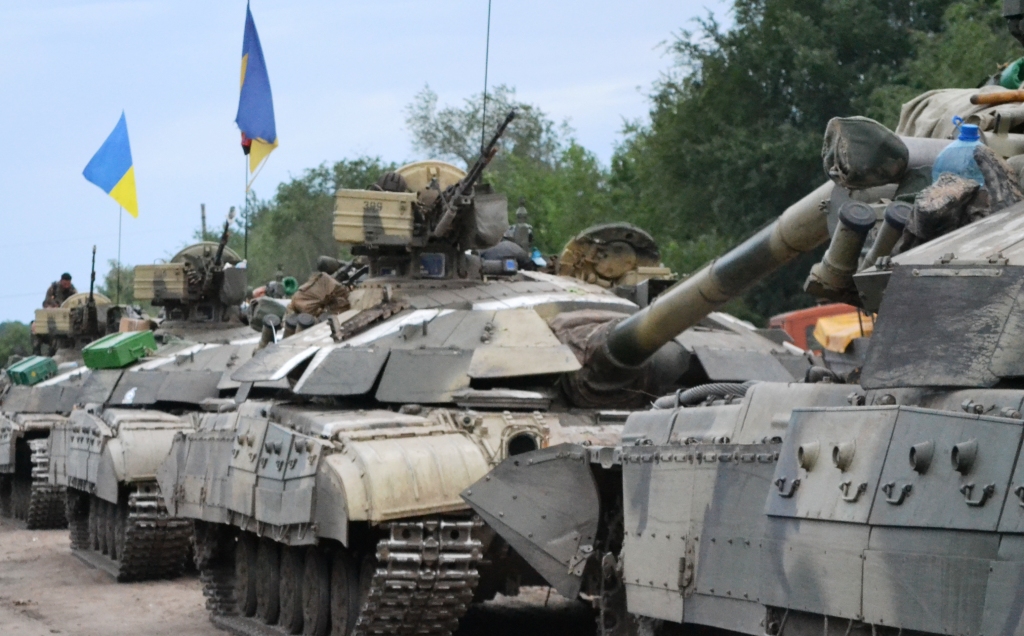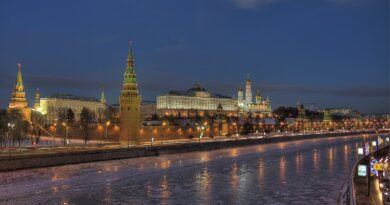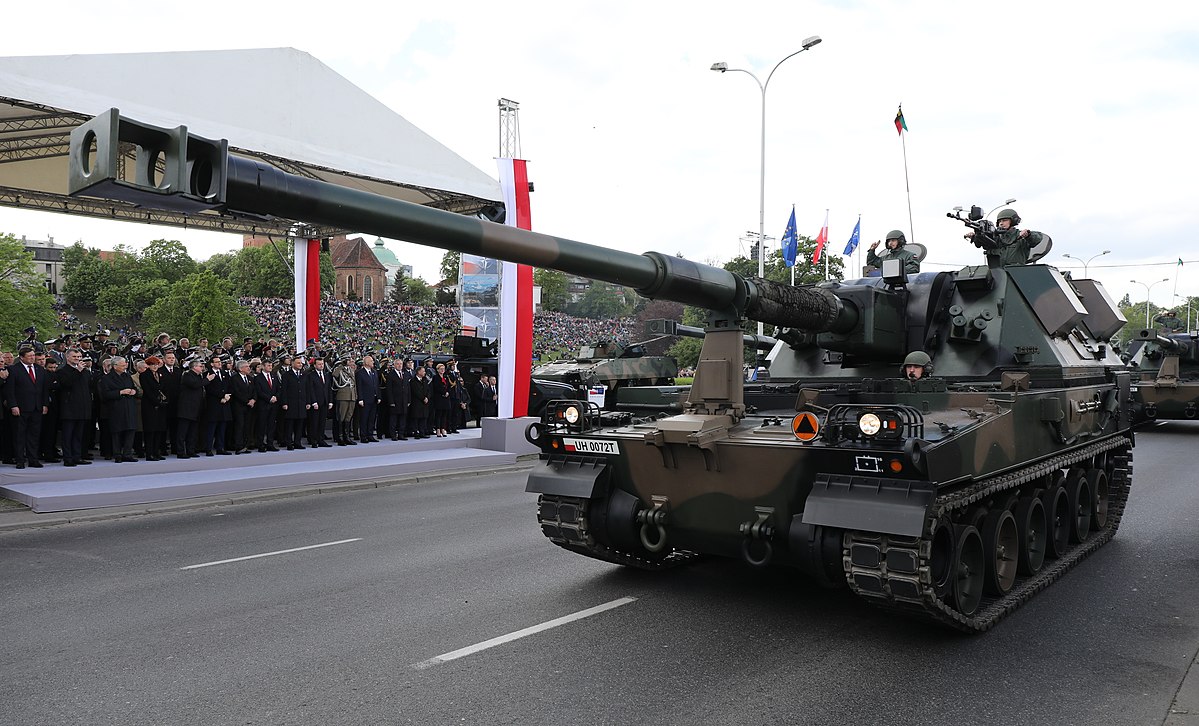Before the clash in Ukraine: winter war or a cold shower? (Part 1)

I believe that the experts are generally exaggerating in their assessment of Russian military capabilities and underestimating the defensive capabilities of the Ukrainian troops.
Romuald Szeremietiew
Tensions between Russia and Ukraine are not diminishing. Politicians, the military, experts, and analysts of military affairs from the West believe that a Russian attack on Ukraine can occur at any moment – it is generally believed that the Russians are waiting for the frost to sweep the land of the Ukrainian steppes and the Russian tanks will be able to launch their attack. That is why the “winter war” should break out in February – President Putin is believed to be unable to wait until spring.
Assault on the Finns
In this context, I can recall another “winter war” carried out by the USSR, although it was Russia, which attacked Finland (1939–1940), creating at that time a false excuse for an attack (in the current conflict there will also be some sort of “Ukrainian” provocation). We are in different times, different territory of war, but back then the disproportion in power between the Finns and the Russians was far worse for the Finns than the present advantage of Russia over Ukraine.
Let us recall – the Soviets used over a million soldiers against the Finns, while Finland had an army of 332,000. The Soviet advantage was also in the equipment – 6.5 thousand tanks and 3.6 thousand. planes compared to 80 tanks and 160 planes of the Finns. And the result of the clash? Although Finland had to give part of its territory to Stalin, from which it had previously evacuated the entire population, it defended its independence and did not become another Soviet republic. The Finns put up a fierce resistance. The defending nation lost 35 planes but knocked down 934 Soviet planes and destroyed approximately 2.3 thousand tanks and armored vehicles, without losing any of their own tanks, and adding captured Soviet tanks to their armored forces (they even had more of them than before the war broke out).
This success was achieved by an army characterized by patriotism and high morale, courage, skillfully using its own territory (fortifications of the Mannerheim Line1), capable of operating in difficult winter conditions. The feats of Finnish sniper skiers have gone down in history as legendary – the terror in the Soviet ranks was caused by Sgt. Simo Häyhä labeled by them as the White Death, a great hunter, a sniper who “eliminated” 542 Soviet soldiers during the 98 days of war.
The question is, can the Ukrainian soldiers be as effective in defending their country as the Finns? We remember 2014 and the appearance of the Russian “little green men” on the Crimean Peninsula. The government in Kiev, which is in a severe crisis (on February 22nd, 2014, President Viktor Yanukovych fled to Russia) was unable to make any decisions to stop the Russians. The Ukrainian Ministry of Defense “gave its consent for the use of weapons in the event of an attack on the basis of subordinate units in Crimea” only on March 18th, 2014. The decision was delayed and the Russians were in full control of the situation by that time. It was also impossible because the Ukrainian commanders had been betrayed before that – on March 2nd, 2014, Rear Admiral Denis Berezovsky, a day earlier appointed commander of the Ukrainian Naval Forces, surrendered to Russia and swore allegiance to the “people of Crimea”. He called subordinate officers and soldiers to do the same. Moreover, foreign diplomats appealed to Kiev “to be cautious and refrain from any steps that could cause an extremely hostile reaction from Russia towards Ukraine”. In the West, it was believed that Putin was looking for an excuse to openly introduce troops into Ukraine.
It seemed obvious then that Ukraine would collapse and fall into the hands of the Russians, and that was what Putin was counting on. Meanwhile, the government in Kiev was consolidated and Ukrainian forces managed to oppose the “separatists” who tried to seize power in eastern Ukraine. The Ukrainian units, initially improvised and voluntary, managed to resist. With time, reinforced by regular army units, although they did not recapture the lost territory, they prevented Russia from occupying further territories. After occupying southern Ukraine and cutting it off from the Black Sea, Russia intended to create the New Russia province. It failed. A front was established on which the Ukrainian army is holding back the Russian onslaught to this day.
Transformation of the Ukrainian army
Military experts in the West argue that Ukraine and its military have made significant progress in the years since the occupation of Crimea.
First, what’s most important – morale. A strong awareness of the need to defend against Russia has emerged in Ukrainian society. In June 2020, Ukraine joined the group of six countries (next to Georgia, Finland, Sweden, Australia, Jordan) to which NATO granted the status of members of the Enhanced Opportunity Partners program. This means closer cooperation with NATO. According to public opinion polls from January 2020, for the first time in Ukraine, the number of supporters of NATO membership outweighed its opponents (49.8% of Ukrainians would like to join NATO, and 29.8% were of the opposite opinion).
The awareness of Ukrainians is changing. Recent opinion polls (on December 10th, 2021) show that 67% of respondents consider Poland as an ally, and this is the highest rate of support among the countries included in the ranking. At the same time, as many as 72% of respondents considered Russia as a hostile country. On the Ukrainian side, there is a large number of patriots who provide strong foundations for the morale of the Ukrainian troops that are defending the country against Russia.
The armed forces of Ukraine amount to 250,000, and the first-line reserve, i.e. reserve soldiers who were in the war and already fought the Russians, amounts to 300,000 people. In the event of mobilization, they will not have to undergo any training, but can be immediately sent to military units. It is assumed that the Ukrainian army can be doubled within two days. These people do not need to be motivated to resist the Russians.
(…)
This article was published in January 2022 in “Do Rzeczy” weekly.
1 A defensive fortification line on the Karelian Isthmus, situated between the Gulf of Finland and Lake Ladoga in northwestern Russia, built to protect Finland from the USSR. By November 1939, the Mannerheim Line was still incomplete



